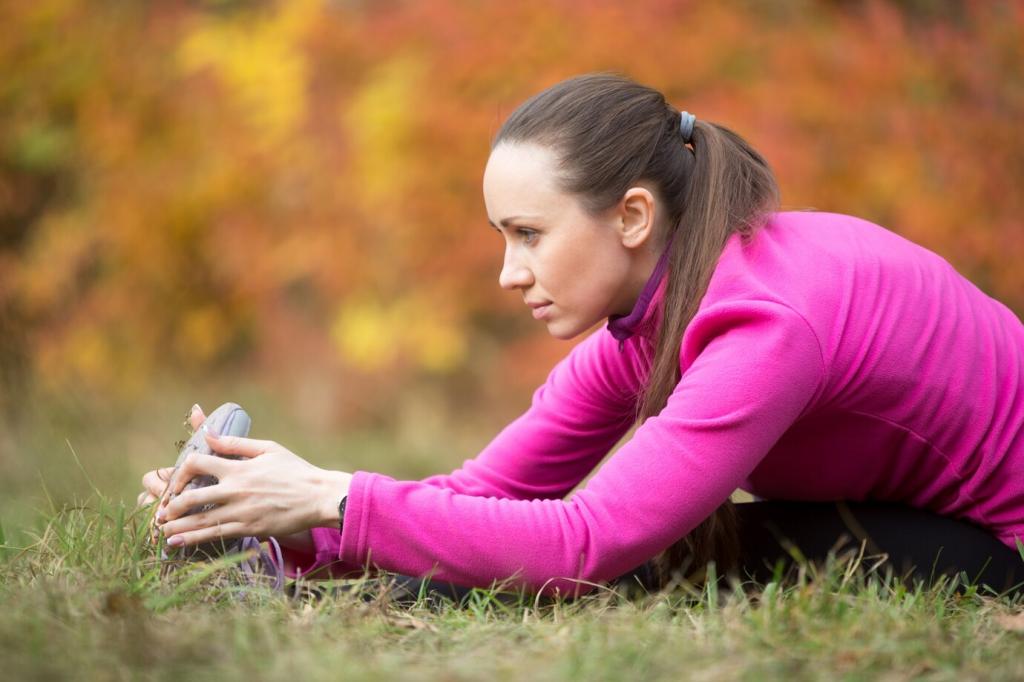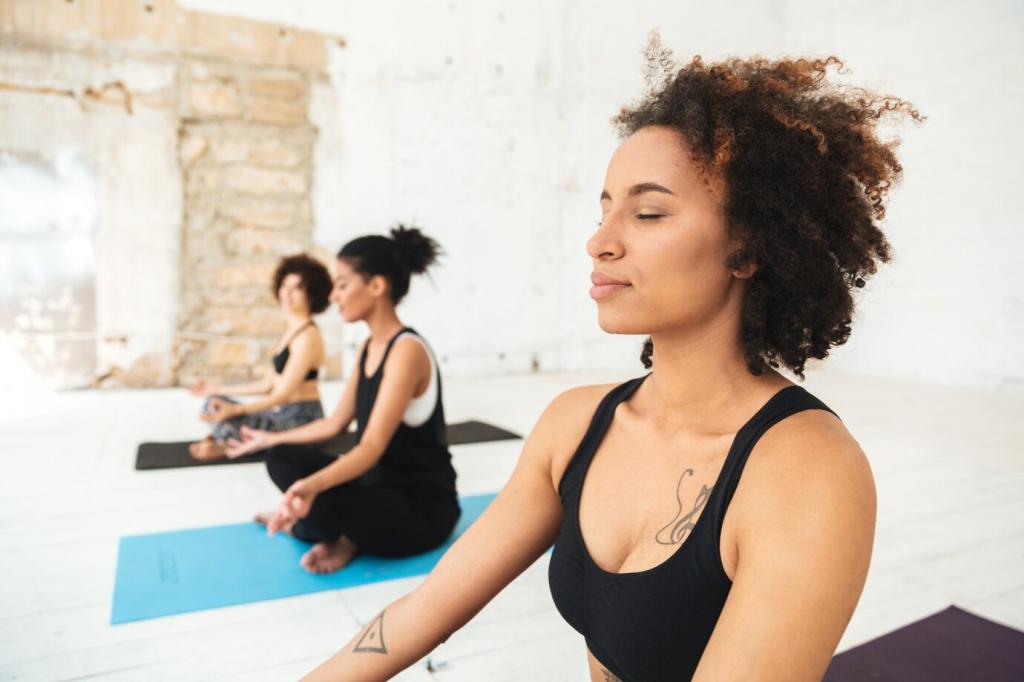Breath: The Quiet Bridge
Pranayama gives structure to mindful breathing, showing how gentle ratios calm and energize. Notice the pause between inhale and exhale like a doorway to quiet. Try five rounds, then write one sentence about how your mind’s texture changes afterward. Small experiments build reliable inner maps.
Breath: The Quiet Bridge
Longer exhales stimulate the vagus nerve and downshift stress responses. In practice, whisper your exhale through slightly parted lips to prolong release. Many students report softer shoulders and clearer focus within minutes. If it helps you too, drop a quick note below for others.




